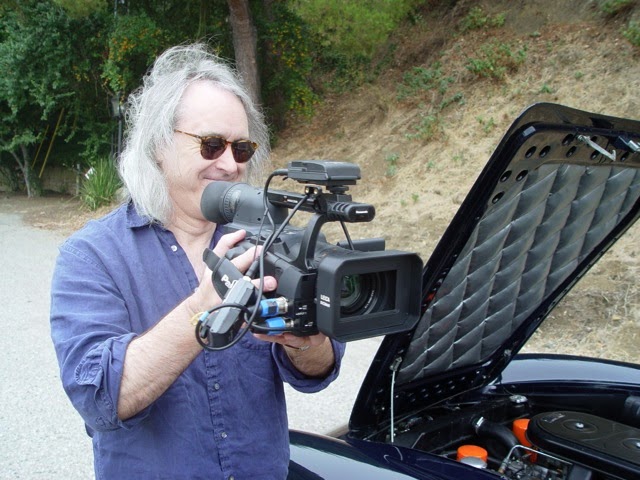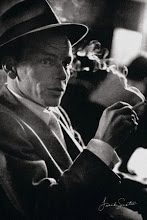Thursday, May 8, 2014
The subliminal aspect of an actor's performance
The most important aspect of an actor's performance is likely the least discussed--that of subliminal communication. Subliminal simply means something that is below the level of sensation or consciousness. The dialogue in a script is performed and received by the audience at a conscious level as are the stage directions and actions the script demands.
There is no limit to the subliminal messages you can convey and imply as an actor and very few limits on how you can deliver them. In a recent blog post, I told the story of a janitor at a high school who was complaining that the teachers at the school had no regard for him and often ignored him as though he didn't exist. "Do you want them to talk to you?" I asked. Yes, he answered. I told him to go to the newsstand and buy a copy of The Atlantic Monthly and roll it up so the magazine's name could be seen and stick it into his back pocket while he was at work. The next time I saw him, he was stunned that some of the teachers had noticed the magazine and began saying hello to him for the first time and conversations developed. The sublimated message conveyed by the presence of the magazine on his person was that this individual was educated, likely intelligent beyond the stereotype of his job description and worthy of attention.
If you were to watch John Huston's The Treasure of the Sierra Madre, a quick glance at the hats worn by the three stars of the film--Humphrey Bogart, Walter Huston and Tim Holt--pretty much define them at a glance and without a word being spoken. Bogart, a slightly nefarious city dweller, Huston an inveterate prospector and Holt, the good guy in a white cowboy hat. The same could be said of Marlon Brando's torn t-shirt in A Streetcar Named Desire. Yes, Marlon was obviously earthy and dangerous but the t-shirt gave us a sense of how far he would go with it. These are subliminal messages but, admittedly, they have more to do with wardrobe than performance.
An important part of the Action/ReAction technique is the performance of 'interstitial' reactions. These are reactions that are performed in between the phrases of dialogue spoken by the actor. Though their primary intent is to resonate constituent groups in the audience so as to grow an actor's fan base within the audience during a performance, they also serve to tell a subliminal story that goes beyond what the dialogue recounts and can create irony or tell a tale that adds layers of back story to what the spoken words are conveying.
In the film Morituri, Marlon Brando's character is offered a cigarette. The script merely has Brando's character saying "No". What Brando did was to string four different interstitial reactions together that told the story that, yes, he did want the cigarette but, no, he'd made the decision to quit and that he was going to reluctantly stick to the decision but that he was thankful for the offer. That's a lot of subliminal story to tell but Brando was the best there was. When he was finished telling his non-verbal story, he said "No" thus telling the story the script had to tell.
It is rare for an actor to begin his or her career with a significant role in a major motion picture. Therefore, every actor with a serious intent to have a professional career must know how to transform a small, insignificant role into something that deserves an Oscar. With this in mind, it becomes obvious that merely speaking the dialogue with conviction is almost tantamount to playing the script 'on the nose'.
To make a lasting impression on an audience and bootstrap up into larger roles, one has to deliver a performance wherein the unspoken, subliminal aspect of the scene is the most memorable and far more fascinating than the words spoken by the actor. As we look back and study the best actors in the history of cinema, we find that this is the mark of a great actor and you can display that quality in less than two lines of dialogue.
Subscribe to:
Post Comments (Atom)

























































No comments:
Post a Comment